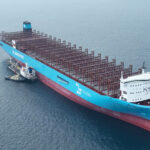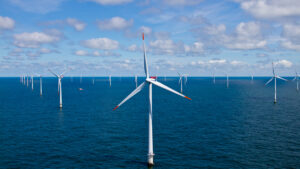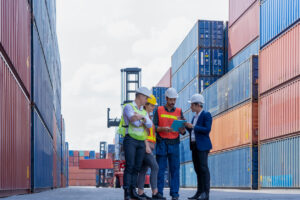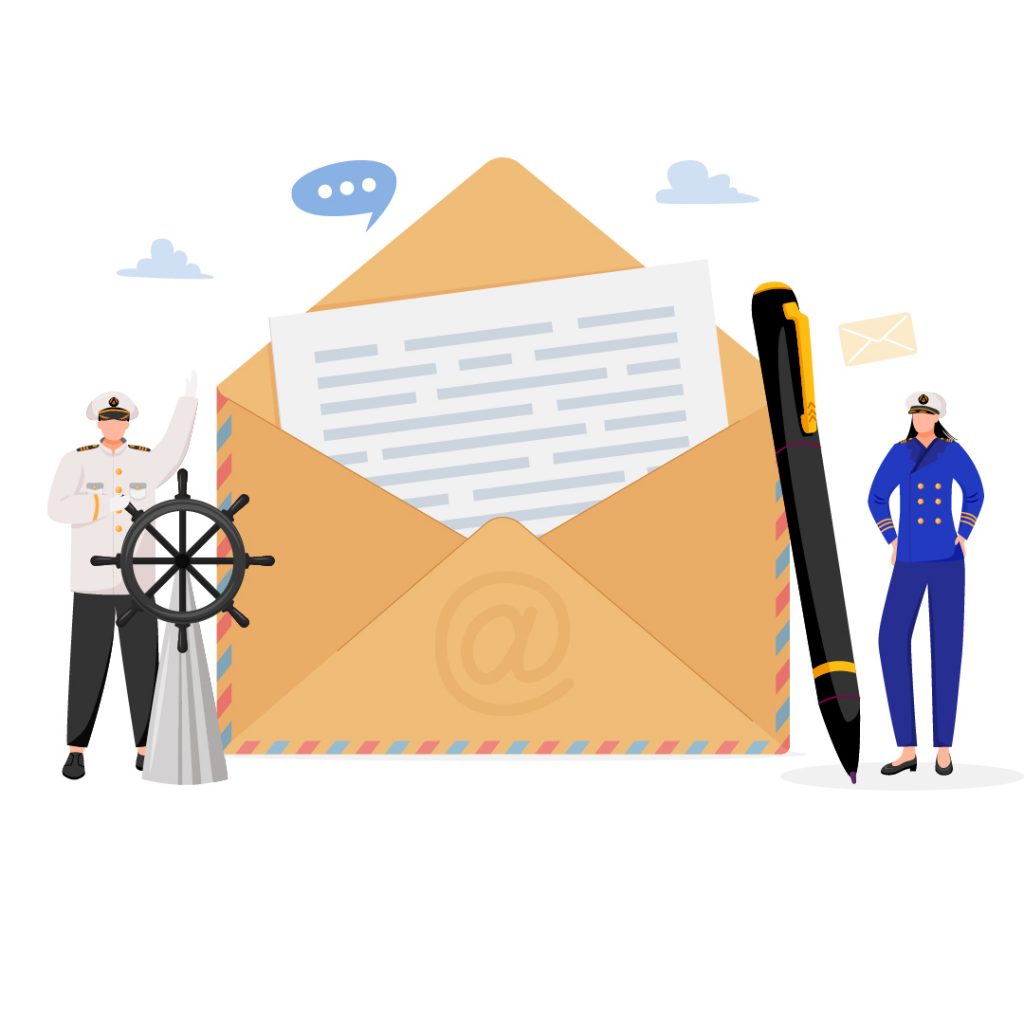Japan has decided to discharge 1.25 million metric tons of treated radioactive water into the Pacific Ocean over 30 years. A South Korean researcher suggests building land-based marine farms as a countermeasure.
By Sunny Um, South Korea correspondent, Maritime Fairtrade
Japan has discharged radioactive waste water in the aftermath of the 2011 9.0 magnitude earthquake which caused damage to the Fukushima Daiichi Nuclear Power Plant. Since then, the accumulated waste water is stored at the plant, which will run out of land for water tanks by 2022.
On April 13, the Cabinet of Prime Minister Yoshihide Suga unanimously approved that the operator of the nuclear plant, Tokyo Electric Power Company (TEPCO), dump the stored water into the Pacific Ocean over a course of 30 years.
The Cabinet assured that before discharging, the dumped water will be treated and diluted to drinkable standard. The idea of dumping had been floated by Japanese experts and officials as early as June 2016.
However, neighboring countries including South Korea, local fishing industries and the general public are strongly against the decision, as they say that the discharged waste water will have a negative impact on the fisheries and environment. In the current climate, there is heightened public opposition and safety concern, and skepticism remains.
Critics are not convinced
Japan’s neighboring countries and international organizations say the discharge will cause short-term and long-term impacts to lives in the ocean and land. On April 28, Greenpeace called the decision to release radioactive water into the Pacific “irresponsible” and said that the discharge of Fukushima water should be a “concern of the international society”.
“If this radioactive, toxic, corrosive water gets discharged, it will make a direct impact in the ecosystem and fishing industry,” Suh Kune-yull, a professor emeritus of Nuclear Energy System Engineering at Seoul National University, said at the forum “Impact of the Discharge of Fukushima Radioactive Water and Its Countermeasures” on June 16.
“In the short-term, it will pollute ballast water of large cargo ships. In the long-term, the East and West Seas of South Korea and the coasts of Jeju Island are likely to be polluted with the radioactive waste floating in the ocean currents,” he said.
Seo Il-Hwan, a professor of Rural Construction Engineering at Jeonbuk National University, told Maritime Fairtrade that the objectivity of Japan’s safety standards for diluted water is also questionable.
“Japan says it will process and discharge the contaminated water under their safety standards,” Seo said. “But the evaluation standards are introduced by the country itself (without third-party management or monitoring). I don’t know if we can call this objective and reliable.”
Seo said that the safest practice to dispose of the radioactive waste water is to get rid of it while stored in tanks, like by allowing it to evaporate, as dumping it into the Pacific Ocean will be a bigger risk if it makes an irreversible impact on the ecosystem.
South Korea can set up land-based marine farms
For a seafood-loving nation, Seo thinks South Korea has to start looking for Plan Bs now to prepare for when Japan starts to release the contaminated water. To have a peace of mind knowing that their seafood does not come from the same ocean that shares the discharged waste water, one option that he suggests is to look into setting up land-based marine farms.
“Consumers wouldn’t have to worry about where their seafoods are from if they are produced by marine farms,” Seo says.
Moreover, Seo said the operation of these marine farms will use less energy and labor power with the help of modern technology, which can be seen in the way smart farms work. He stresses that, however, adopting this idea in the market needs to be driven by the government.
“Individuals cannot develop these highly-advanced farms by themselves, as this is a matter of culturing actual living beings,” Seo said. “Perhaps, this is the time for the government to discuss with a group of experts for possible, alternative countermeasures (to the radioactive waste water release).”
Follow the science
The meltdown of three of the plant’s six reactors was the worst nuclear disaster since Chernobyl. To keep the three damaged reactor cores from melting, cooling water is pumped through them continuously. The water is then sent through a powerful filtration system that is able to remove all of the radioactive material except for tritium, an isotope of hydrogen that experts say is not harmful to human health in small doses.
“The tritium level of the discharged water will be below one-seventh of the World Health Organization’s drinkable standard,” said Kōichi Aiboshi, Japan’s ambassador to South Korea, during a conference in Seoul on June 16. “This way of discharge is in line with (preceding) international practices.”
There is a general consensus among some scientists that the impact on health minimal.
Rafael Grossi, Director General of the International Atomic Energy Agency (IAEA), said that the agency considers the disposal options, including discharge to ocean, as “technically feasible and in line with international practice,” during his visit to Fukushima in 2020.
“Look at the facts, and the facts are not telling me that this is something that we should be very worried about,” Jordi Vives i Batlle, a scientist at the Belgian Nuclear Research Centre, was quoted as saying by Nature.













